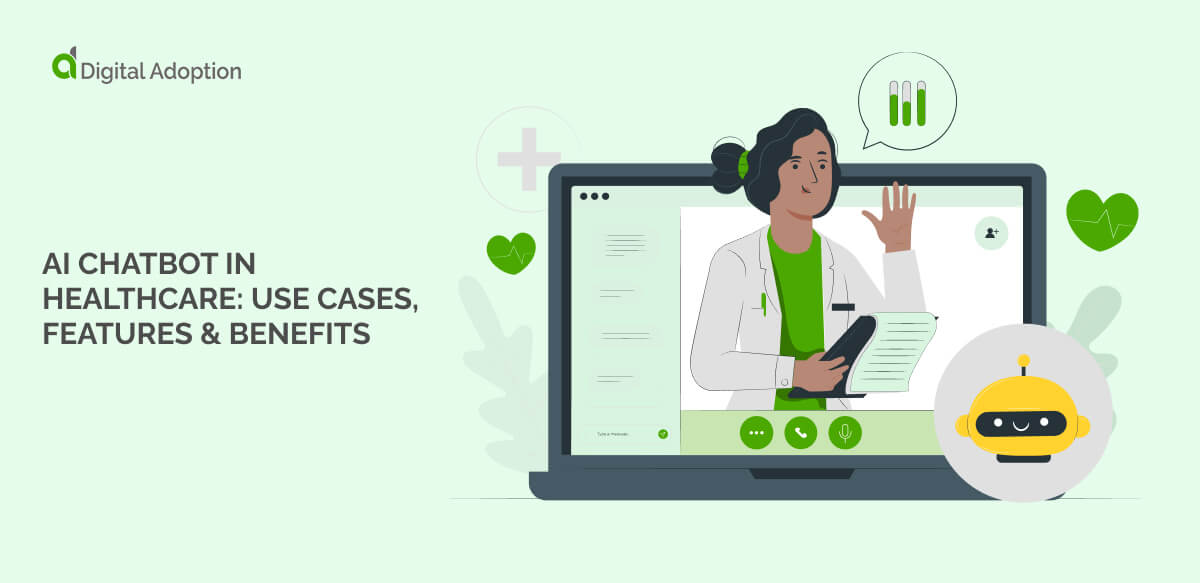Hyperautomation use cases
Hyperautomation can transform various business operations by integrating advanced technologies to automate complex processes. This enhances efficiency, drives innovation, and improves overall business performance. Here are three examples showcasing how hyperautomation can manifest in different business scenarios.
Financial services
Scenario
A financial services company wants to streamline its loan processing operations to reduce approval times and improve customer satisfaction.
Method
The company implements hyperautomation by integrating robotic process automation (RPA) with artificial intelligence (AI) and machine learning (ML). RPA automates data entry and document processing, while AI and ML analyze creditworthiness and detect potential fraud. These technologies work together to handle loan applications more efficiently.
Outcome
The loan processing time is significantly reduced from weeks to hours, enhancing customer satisfaction and increasing the company’s competitive edge. The automated system also improves accuracy and compliance, reducing the risk of errors and fraud.
Healthcare
Scenario
A healthcare provider aims to improve patient care and administrative efficiency by reducing the time spent on manual tasks.
Method
The provider adopts hyperautomation by integrating electronic health records (EHR) systems with AI-driven diagnostic tools and RPA for administrative tasks. AI assists in more accurately diagnosing patient conditions, while RPA handles appointment scheduling, billing, and data entry.
Outcome
The healthcare provider experiences improved patient care with faster and more accurate diagnoses. Administrative tasks are completed more quickly and with fewer errors, allowing healthcare staff to focus more on patient care. Overall, operational efficiency is greatly enhanced, increasing patient satisfaction and reducing operational costs.
Manufacturing
Scenario
A manufacturing company seeks to increase production efficiency and minimize downtime caused by equipment failures.
Method
The company integrates hyperautomation using IoT sensors, predictive analytics, and RPA. IoT sensors monitor machinery in real-time, collecting data on performance and potential issues. Predictive analytics processes this data to forecast maintenance needs, and RPA automates the scheduling and execution of maintenance tasks.
Outcome
The manufacturing company achieves higher production efficiency with reduced downtime, as maintenance is performed proactively based on predictive analytics. This leads to longer equipment lifespan, lower maintenance costs, and increased productivity. The automated processes also free human workers to focus on more strategic tasks, further driving innovation and growth.




